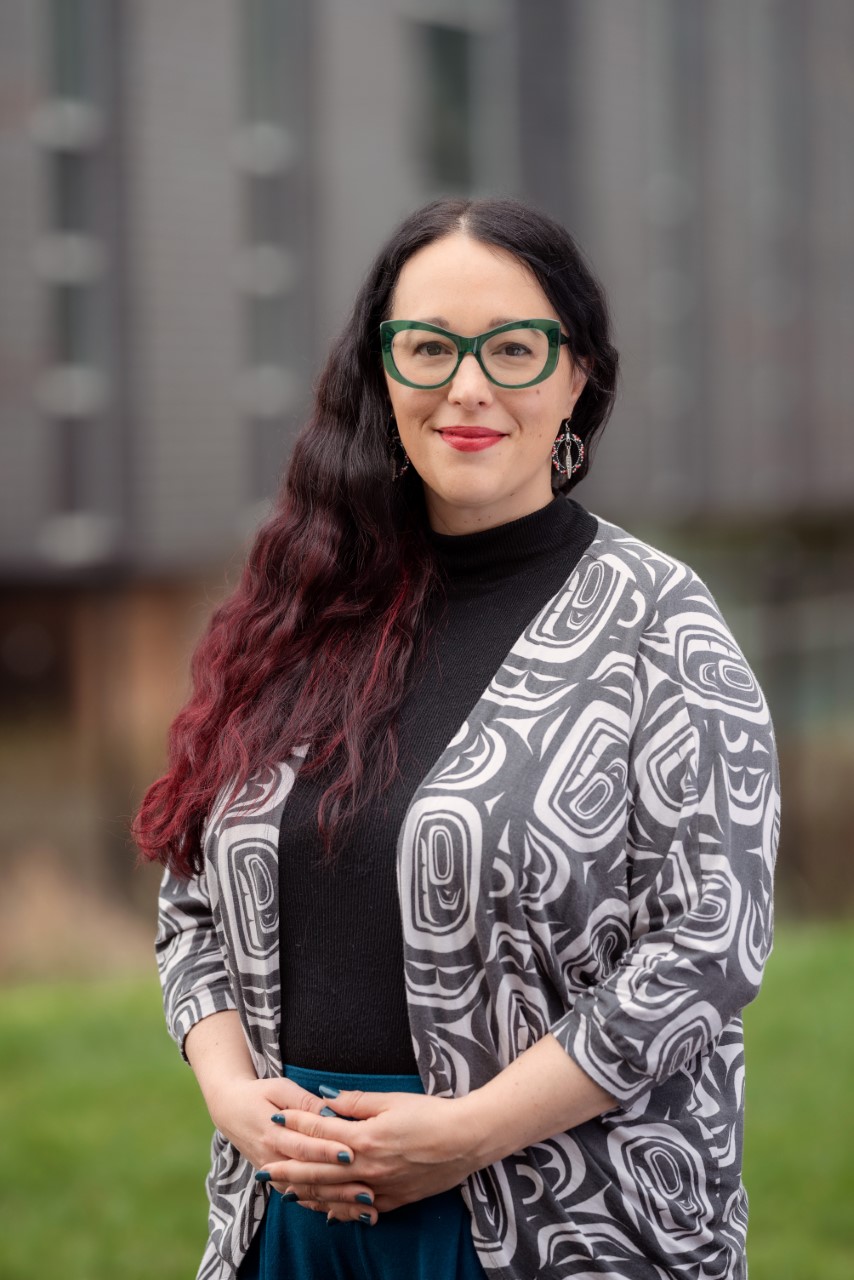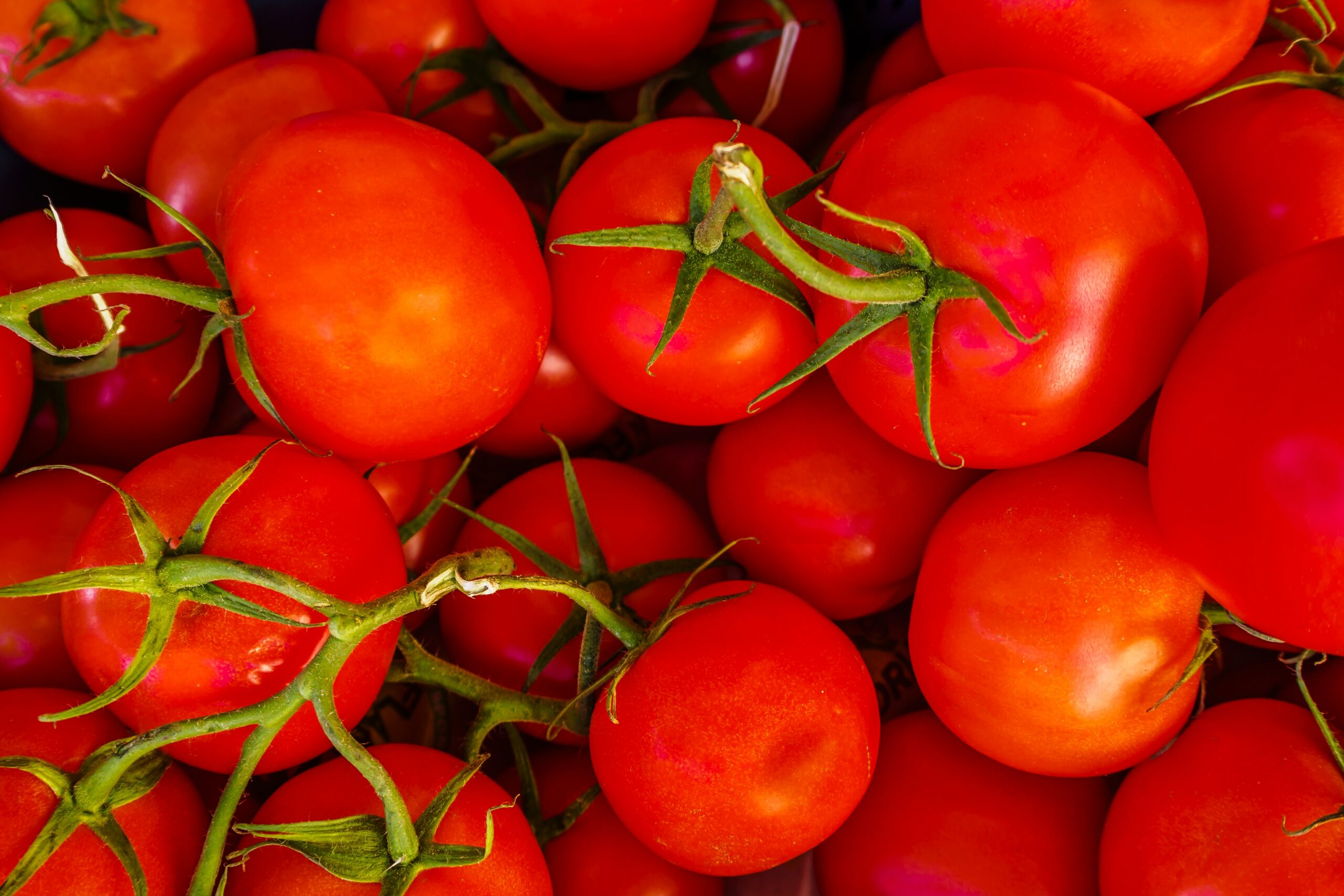Jennifer Grenz (JG): I was very young and so I have these sort of flash, you know, little flashes of memories of really tall tomato plants that were taller than I was, with, you know, tomatoes that sort of looked like the size of my head, you know, hanging from the vines and, and just watching all of the pollinators, you know, coming and going from her humongous garden.
Science World (SW): That’s ecologist and professor Dr. Jennifer Grenz. She’s sharing a childhood memory of snacking on tomatoes from her great grandmother’s garden in Kamloops.
JG: And you know, she used to have a salt and pepper shaker hanging on the fence and we would eat the tomatoes like apples and you know, shake salt and pepper between bites. And I just remember you know, thinking I had never tasted a tomato, you know that way before either. And so I think for me, you know, those wonderings about, “How did she get her plants to grow that way?” You know, “How can we manipulate plants, you know, to provide food for us, in this way?” really sort of set the stage for what came after for me in terms of my life's passions and education.
SW: Today, Dr. Grenz works with Indigenous communities on creating land healing initiatives and food security plans. She also works in areas of invasive species management and ecological restoration.
JG: I think that, you know, we sometimes have this sort of, like, static view of careers, you know, like, “I want to become this thing.” And then that's what you work towards becoming. I think for me, you know, it was more of a life trajectory and journey of, you know, getting to work in various capacities and in different areas of, you know, ecology. And I think, you know, that continues to change for me, and I think what it is, is that, for me it's more about serving my “why.” And so for me, my “why” is about, you know, providing food for our communities, and how, you know, we can steward and shape our lands to be able to do that in a healthy way. And so you know, in doing that, you know, I can work in a number of different capacities or jobs to be able to serve that serve that why so, so yeah, so I think for me, the career path, you know, has changed over the years but always you know, goes back to just you know, serving that “why.”
SW: For Dr. Grenz, serving her “why” also includes applying an Indigenous worldview to ecology.
JG: Many stories from different nations, you know, teach us that humans have an essential role to play in the ecosystem. In fact, humans actually have a role as leaders in the ecosystem, having to make very difficult choices about who stays and who goes, essentially. And so, when we're practicing Indigenous ecology, you know, we really place humans inside the ecosystem. Whereas, you know, modern day ecological restoration sort of often places humans outside of the system, you know, and I think there are many reasons for that. But one might be, you know, all of the destruction that we've inflicted upon the earth, we feel badly about that, we're trying to do better, but we don't consider ourselves inside that system. And so Indigenous ecology is all about, you know, reclaiming our role in the ecosystem and taking up those responsibilities to steward and shape those lands once more to be able to provide not just for ourselves, but also for our four-legged relations, you know, birds, insects, all of that.
SW: Dr. Grenz tells us that we can put this into practice by thinking of how to give back to nature—like taking out invasive plants when we’re out on a walk.
JG: You know, it takes every one of us, you know. And I think if we all, in our lives, you know, for every interaction that we have with the world around us asked, “What could I… you know, what is my act of reciprocity?” You know, we would be that much further ahead in terms of taking care of our lands and helping them to be more resilient and adaptable in this changing climate.

